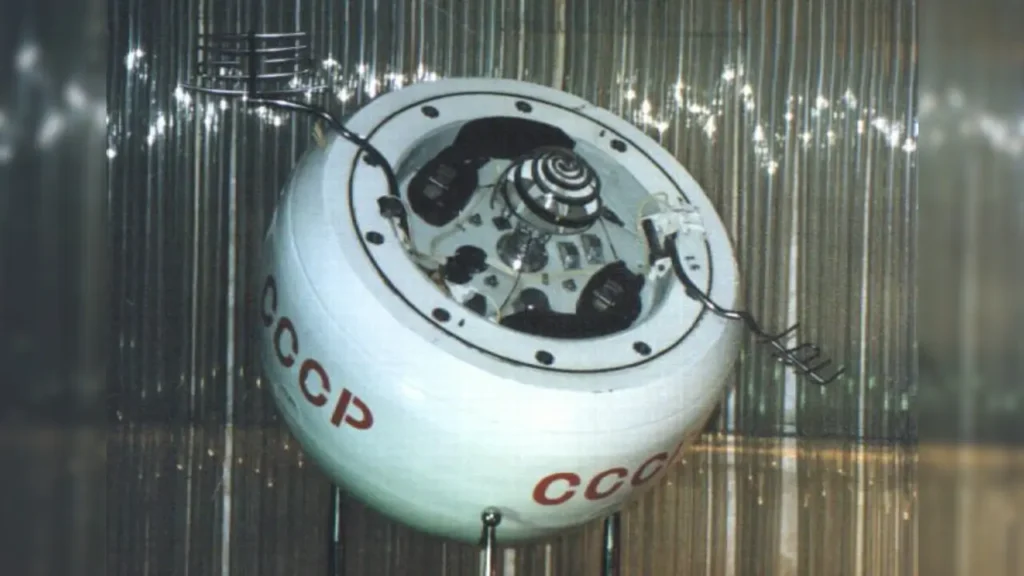MAY 10, 2025 – A relic from the Soviet Union’s ambitious Venera Program is making headlines once again. The Kosmos 482 spacecraft, launched over 50 years ago in 1972, is set to re-enter Earth’s atmosphere today. Originally intended for a mission to Venus, the spacecraft malfunctioned shortly after launch and remained trapped in low Earth orbit.

A Mission Gone Wrong
Kosmos 482 was launched on March 31, 1972, just days after the successful Venera 8 mission, which landed on Venus. Unlike its counterpart, Kosmos 482 failed to break free from Earth’s gravitational pull due to a malfunction in its upper rocket stage. The lander module separated but remained stranded in orbit.
What’s Coming Back?
The lander module – a spherical object weighing 500 kilograms and measuring one metre in diameter – is constructed with exceptionally durable materials designed to withstand Venus’s harsh conditions. Experts believe its robust heat shield may enable it to survive re-entry.
Where Will It Land?
The re-entry is uncontrolled, meaning the landing site remains uncertain. The potential impact zone spans between 51.7° north and south latitude, covering major populated regions from London to southern South America.
Despite this, experts emphasize that the risk of impact is minimal, citing vast oceanic areas and the likelihood of the capsule burning up in the atmosphere.
Not the First Uncontrolled Re-Entry
Kosmos 482’s re-entry is not an isolated incident. Uncontrolled space debris re-entries occur weekly for larger objects and daily for smaller ones. Notable past examples include China’s Long March 5B booster and the Tiangong-1 space station, both of which safely re-entered over oceans.
Lessons for Future Space Missions
As the Kosmos 482 re-entry garners global attention, space experts are urging for improved spacecraft design to enable controlled re-entries. Predictable landing sites would minimize risk to populated areas and reduce potential environmental hazards.
Bottom Line:
While Kosmos 482’s dramatic descent has captivated space enthusiasts worldwide, the chances of it causing harm are extremely low. Nevertheless, the event serves as a powerful reminder of the growing need for responsible space debris management and safer re-entry protocols in future missions.

William James holds a Master’s degree and has been a content writer since 2015. With years of experience in research-based writing, he specializes in delivering informative and engaging content across various topics.